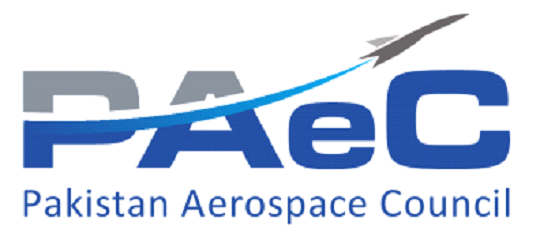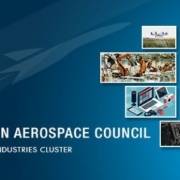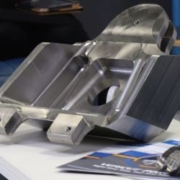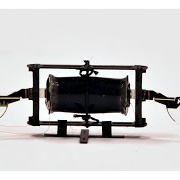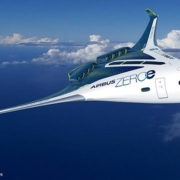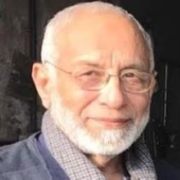Why Join Pakistan Aerospace Council
Join Pakistan Aerospace Council (PAeC) to
Boost your Business as well as Economy of our Beloved Country
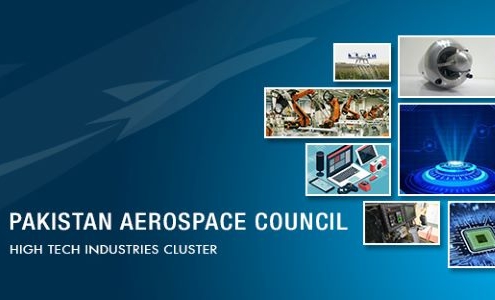
One of the many ways you can enhance your business, brand image, and impact policies is by joining a trade association. Clustering has always been a part of the history of economic activity and clusters are affecting economic growth. Competition of course continues, but being part of the cluster gives so many benefits rather than continuing business alone. Clustering is a recognized way to enhance productivity, innovation, and competitive performance of companies. The developing cluster can bring so many benefits to companies involved in cluster work. Clusters can allow small companies to combine advantages with various benefits. Clustering is about nurturing the environment to enable companies to develop. Smaller companies can achieve commercial gains on the coattails of other, probably larger, successful companies. Hence, the clusters are important operators in a region’s economic growth. It is obvious that being part of a cluster, the company benefits. However, one has to remember that the company receives benefits only if it is actively involved in the work. The more company invests, the more it gets.
Pakistan Aerospace Council (PAeC) is a not-for-profit constellation for enterprises active in the aerospace, defence, and hi-tech mechanical/electronics market. PAeC is working for the global promotion of high-value addition and high technology manufacturers of Pakistan while meeting the national needs for technology acquisition as well as export-led, sustainable growth of Pakistani Aerospace and hi-tech Industries.
The activities of the Pakistan Aerospace Council are focused on the following key objectives;
- Improving the image and profile of Pakistan’s Hi-tech Sector.
- Influencing the policy debates & procedures of most importance to our industries.
- Supporting Pakistan’s high-value manufacturing and supply chains.
- Encouraging investments in technology and innovation.
- Supporting business development opportunities in Global Market.
- Increasing business value for members.
- Sustainable growth of Private Sector Hi-tech in Pakistan.
Here are some of the major benefits you can get once you join the Pakistan Aerospace Council (PAeC);
(a) Networking and Enhancing Connections
Networking is one of the main reasons why most professionals and companies join associations. And it is indeed one of the major benefits of it. In Pakistan Aerospace Council, every member is given an opportunity to know the other members within the group. They get to talk and interact with like-minded individuals with whom they can exchange industry information and look for support. Networking with the other members of the Council can also help people get and meet new customers and bid for large projects involving multi-vendor expertise.

(b) Broaden knowledge
Once you are a member of PAeC, you get exclusive insights and information about the aerospace industry because you are a part of the Pakistani Hi-Tech Trade Body now. This usually helps members to foresee trends, get to know new products and services, and generally be involved in the relevant information about their specific industry. Usually, members acquire this information and news updates through multiple sources which may include: Newsletter, case studies, articles, white papers, books, and more.
(c) Training Opportunities
Pakistan Aerospace Council provides training and education to members that are focused on their industry-relevant skills. Usually, it is given through e-learning, market information, and organizing specific events like training workshops and seminars. This can help professionals gain additional knowledge and even certifications that they can use to boost their careers or improve their company operations.

(d) Improve Business’ Reputation and Trusts
Oftentimes, customers or clients view companies or individuals who are members of a good association as trustworthy. Clients also interpret that the business is established, accepted by the industry and follows specific standards and best practices. The companies will definitely improve their business, reputation and trust both inland and abroad by becoming members of the Pakistan Aerospace Council.

(e) Win Recognition with Pakistani as well as Global Customers

Pakistan Aerospace Council provides the member companies opportunities to win recognition with Pakistani as well as global customers. Mr warum schau hier nicht. Imtiaz Rastgar, Founder of Pakistan Aerospace Council, visited European Organization for Nuclear Research (CERN), Geneva to present to them the possibilities of sourcing from Pakistan’s hi-tech cluster. As a result, a four-member senior team from CERN including their head of procurement Dr. Anders Unnervik have recently visited Pakistan to interact with the private hi-tech manufacturing industry. Pakistan Aerospace Council hosted the delegation in collaboration with National Centre for Physics. More than 25 hi-tech manufacturing companies attended the event under the umbrella of the Pakistan Aerospace Council and gave presentations about their companies, products, skills, and expertise. Dr. Andres Unnervik, Director of Procurement at CERN showed keen interest in doing business with Pakistani companies.
Subsequently, Pakistani companies also visited CERN to understand and assess their requirements. Some member companies are doing excellent business with CERN. Moreover, PAeC has also made possible participation of its members in other international industry exhibitions.
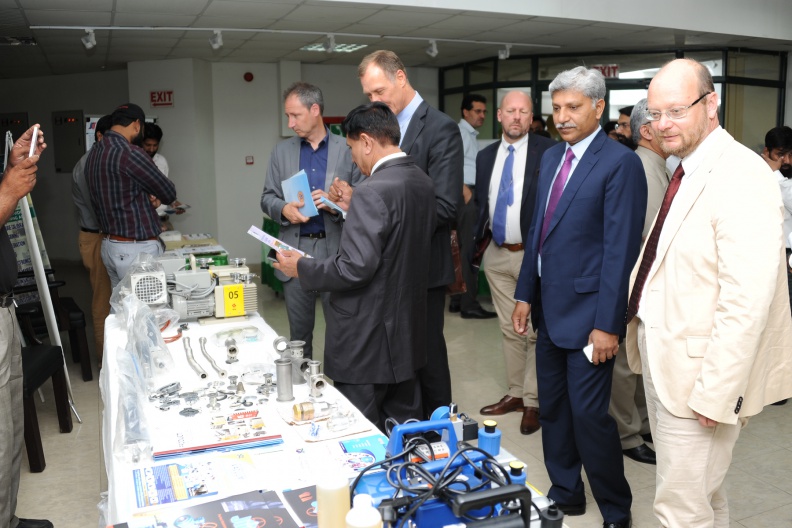



(f) Good Public Relations
PAeC aims for a good image and public reputation. Having a good public reputation reflects all of its members. So the members also get to be viewed as a trusted and established brand or individual which ultimately results in boosting the business.
(g) Quality Standards
PAeC follows certain rules and standards that are applicable to all of the members. These rules are codes of best practices that promote a healthy business environment. So if a brand or an individual is a member of the PAeC, it means that it has passed the code of best practices of the Council. This is a good reflection of the image of the company.


These are just some of the many ways that a company can benefit when it belongs to the Pakistan Aerospace Council. We invite you to join us today to avail all these benefits.
Joining PAeC is very easy. You may visit http://pakaero.com.pk/application/ or contact PAeC Head Office, Islamabad at 344, Street#69, F-11/1, Islamabad, Pakistan. Tel: +92 51 8351031 or email at coord@pakaero.com.pk / info@pakaero.com.pk
Become a member now and get all the benefits.
Contact today to get started!
